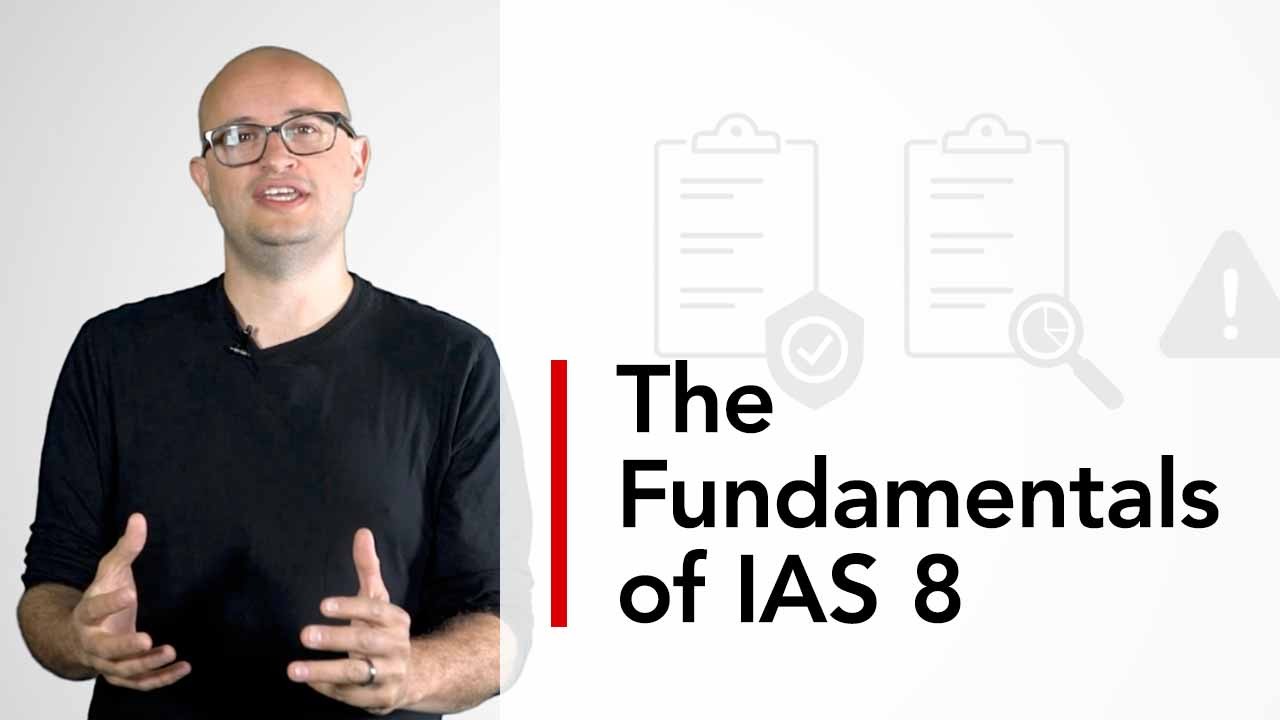
Speak to financial planning and analysis (FP&A) professionals about the future of their function and they’ll likely mention xP&A: extended planning and analysis.
The term originates from late 2020, when Gartner declared it an emerging trend, predicting that by 2024 70% of all new FP&A projects would be xP&A ones. Google search xP&A now and you’ll see – perhaps predictably, given the role of technology – that names like Oracle, SAP and IBM, among plenty of others, have written about it over the past few years.
xP&A wants to be involved in broad business strategy and big decisions and projects from the outset
Branching out
The FP&A function has, for some time, sought to move away from a siloed approach, in which departments – sales, marketing, manufacturing, IT etc – act autonomously, producing their own campaigns, plans, forecasts and targets. FP&A, too, has traditionally taken place within the confines of the finance function.
With extended planning, FP&A becomes more visible in the organisation, collaborating with other functions in pursuit of a shared purpose, whether that be to improve the accuracy of planning and analysis, enhance performance or find cost savings.
xP&A wants to be involved in broad business strategy and big decisions and projects from the outset, even sitting comfortably in the front seat. Protagonists think this is warranted, as they believe that extending planning can make a real impact on performance and the bottom line.
And in such fast-paced, uncertain and volatile times, what organisation wouldn’t entertain new ways to gain an edge?
X marks the future
Indeed, Nas Furqan FCCA, finance director for planning and reporting at a UAE-based multinational commodity supply and trading company, says he’d never go back to a solely finance-driven forecast or budget.
Traditionally, business heads would tell him they wanted to hit a certain target the following year. He’d look backwards at trends and data and then provide the financial view, a set of numbers and scenarios telling them how things would play out.
But such a hermetic approach does not take into account the broader resources and considerations required to deliver business aims – such as operations, HR, supply chains, marketing and sales, tax implications – which leads to ‘half-baked plans’, Furqan says.
‘If we work from one system in real time, we can work together to achieve the company’s core goals’
‘What we do as a group is take a top-down view of what management wants to achieve in the upcoming year,’ he explains. ‘This is then trickled down to operations, HR, administration, procurement, finance and IT. Then I can start conversations with these departments about what they need in order to achieve the targets. This is when you begin to extend your planning.’
Using the example of entering a new market, Furqan says he would start by looking at how it is done and what is needed. ‘I’ll ask questions around entry strategies; HR requirements; company formation in new regions, countries, cities; what the different business units and teams will be responsible for; then move on to how it might all be funded and paid for.
‘The level of discussion and the quality and visibility this brings to the table is priceless. It gets everyone on board; you all agree what would indicate success, the timeframe, how to achieve it and the information we’d need from every relevant function. Everyone comes into play; they’re all bought in, they all have a voice.’
A common language
Supporting such conversations and acting as a cross-departmental conduit is technology, says Kayode Yusuf FCCA, FP&A manager at IPG Photonics, a manufacturer of fibre lasers in the US.
‘Technology plays a key part in xP&A,’ Yusuf says. ‘For long-range planning in traditional FP&A, finance would send an Excel file to a department to complete and send back. Artificial intelligence and machine learning enhance collaboration and allow xP&A to do things like scenario planning and long-range planning in real time.
‘As an example, in traditional FP&A I would know the budget numbers for sales, but they’d be working off different targets because they use different internal key performance indicators. But if we work from one system in real time, all of us looking at the same dashboard, with visibility of the same budgets and targets, we can work together to achieve the company’s core goals.’
If a business has both the data and the resources to invest in technology, it can create a common language. By reconciling disparate data sets, Denisa Soltesova FCCA, an interim professional in the Czech Republic who has undertaken xP&A projects in several industries, including telecoms and integrated mobility services, says she is able to clearly communicate with departments in terms familiar to them, while also highlighting the financial realities.
‘A marketing team might show me their leads, customers, clicks, Facebook likes, but they can’t explain the financial impact a marketing activity has had,’ she says. ‘I can say to them: “Great, these are all your activities, but where is the return on them? How many paying customers do we have after your marketing activity? Has the churn and retention rate improved?”. It’s a dialogue.’
Human after all
While technology is undoubtedly a cornerstone to extended planning, the dialogue it catalyses is where the real progress takes place. From a professional skills perspective, it’s as much about having the right mindset and soft skills as being comfortable with new technology.
‘Being open to technology will really help a transition into xP&A,’ says Yusuf. ‘You need to be open to learning new things, like AI, machine learning and other emerging technologies. You don’t need to be an expert in Python or SQL, but you do need an open mindset.’
And then it’s about people skills and not being afraid of new ways of working, says Soltesova. ’You can’t just sit at your computer analysing and sending emails,’ she says. ‘You have to sit down with people, go through things with them, try to find a common language.’





